It's 2021: Have we finally reached the age of the realistic female character?
After 300 years of saccharine women, we went wild for bad girls in the 2010s. Rebecca Reid asks if now we've reached a realistic middle ground | Phoebe Waller-Bridge in Fleabag | Alamy
10 min read
From Elizabeth Bennet to Gone Girl via Bridget Jones, Rebecca Reid explores the role of women in fiction over the last 300 years
For as long as we’ve had fictional female characters, there have been questions about what it means to be a woman on the page. And as books have given way to radio, radio to film, film to television and television to social media, those questions have become increasingly thornier and more difficult to answer.
The single characteristic that women in early media tend to have in common (though there are occasional exceptions) is that they are fundamentally good, God-fearing and unselfish. Take Jane Eyre, the long suffering, non-complaining governess who doesn’t so much as raise her voice when she discovers her fiance is keeping his first wife in the attic. Elizabeth Bennet, though very slightly spunkier, is much the same. Admittedly she might roll her eyes occasionally and she doesn’t marry Mr Collins as her mother instructs her to, but she’s still very much the emblem of moral womanhood, caring for her family, toeing the expected line and being chaste and well mannered. ![Elizabeth Bennet and Mr Darcy, Pride and Prejudice [Alamy]](/ugc-1/1/21/0/0f747d63-bcdb-4c4f-aca6-79891987f656.jpg)
Within these stories, there is a rewarding structure. Women who act in accordance with Christian doctrine prosper – for instance Samuel Richardson’s Pamela, where the eponymous heroine lands herself a wealthy husband by refusing to become his mistress. The way to live happily ever after was to encompass all the most vital Christian virtues.
On the other hand, women who transgress find themselves punished. Elizabeth Bennet’s flightier (more fun) sister Lydia is condemned to a seedy marriage to Mr Wickham. Wuthering Heights’ Cathy dies shortly after giving birth. Rebecca Sharp’s social climbing antics see her end up a lonely outcast. Even poor Fantine from Les Misérables who turns to sex work in order to make money is punished with a shaved head, the loss of her back teeth and a lethal bout of TB. Almost universally in classic literature, right into the 20th century, women who behave badly feel the repercussions far more sharply than their male counterparts. Never is this more evident than in Rebecca by Daphne du Maurier. The first Mrs de Winter – Rebecca – loved drinking, parties and sex. She was a grade A good time girl and, admittedly, a pretty poor wife. Maxim was the inverse. And apparently, because Max is dutiful and honourable (and a man), when he eventually murders Rebecca during an argument, puts her body in a boat and sinks said boat, we’re all supposed to accept that she got what was coming to her.
Just as often in the 2000s as in the 1800s, the female protagonist would be rewarded for her goodness with the gift of a romance
These lessons were just as popular in children’s literature as in adult books. The Chalet School, the Angelia Brazil novels, and Malory Towers all idealise plucky, hardworking, morally good girls who enjoy fresh air and hard work. Girls who tried to shirk games or exhibited emotional weakness like homesickness were reviled. Perhaps it was propaganda, intended to raise a generation of tough women who could be relied upon should war come again. Or maybe it was less sinister than that, and children just naturally preferred the Darrell Rivers characters to the Gwendoline Laceys. You can see the remnants of this idealised girl hero in many later children’s and young adult books and films. Katniss Everdeen and Hermione Granger are the kind of tough, resourceful young women who would have fit right in at Malory Towers.
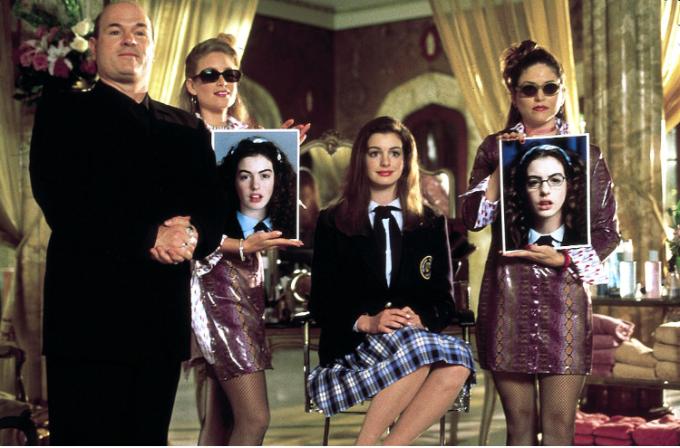
There’s much shared ground between the heroines of Jane Austen and Charlotte Brontë’s books, and the protagonists of teen romance films like Pretty in Pink, Never Been Kissed, Cinderella Story, The Princess Diaries and What A Girl Wants. These films favour a shy or insecure young woman who is totally unaware of her own intelligence or grace, who usually has an afterschool job in some lowly service position, and would never dream of making a fuss. And of course, in teen rom-coms the heroine would never, ever consider herself to be attractive. Just as often in the 2000s as in the 1800s, the female protagonist would be rewarded for her goodness with the gift of a romance. The only real difference being that in the Austen and Brontë heydey, women were considered ‘good’ if they embodied Christian virtues, whereas in the early millennium the hallmark of character was believing yourself to be unattractive, until one third of the way through the story when the protagonist gets a make-over and is revealed to be conventionally beautiful.
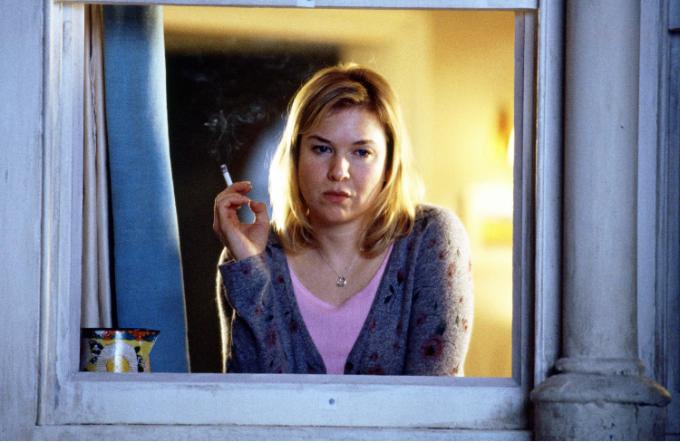 The 2000s was also the heyday of the adult rom-com. Adult romantic comedies had many of the same tropes, but only now the women had jobs. The list of rom-com jobs you could have while still being a worthy prospect for falling in love were primary school teacher (so adorable children can say improbable things), owner of a small bakery (allowing for a pink apron and a smudge of flour on your nose) small bookshop owner (quaint) or journalist on a woman’s magazine (apparently writing one article a month so lots of time to drink cocktails and talk about men). Even the ‘realistic’ female characters we fell in love with – Bridget Jones for instance – were, in retrospect, completely unrealistic. Bridget Jones, allegedly a disaster zone, was a home-owning professional with a job in publishing and a group of best friends.
The 2000s was also the heyday of the adult rom-com. Adult romantic comedies had many of the same tropes, but only now the women had jobs. The list of rom-com jobs you could have while still being a worthy prospect for falling in love were primary school teacher (so adorable children can say improbable things), owner of a small bakery (allowing for a pink apron and a smudge of flour on your nose) small bookshop owner (quaint) or journalist on a woman’s magazine (apparently writing one article a month so lots of time to drink cocktails and talk about men). Even the ‘realistic’ female characters we fell in love with – Bridget Jones for instance – were, in retrospect, completely unrealistic. Bridget Jones, allegedly a disaster zone, was a home-owning professional with a job in publishing and a group of best friends.
Given the saccharine selection of women we had been offered, it’s no wonder that in the 2010s we went bonkers for bad women. It started with 2012’s Gone Girl, by Gillian Flynn. Gone Girl, if you manged to be the only person on the tube not reading a copy, is the story of Amy Dunne, who frames her cheating husband for her murder. Amy is beautiful, cool, clever and funny. She’s everything that we’ve been taught to like in female characters but, and here’s the big difference, she’s not nice. In fact she’s evil. And (spoiler alert) she totally gets away with it. She profits from her evil behaviour. She wins. For the first time, mainstream media was celebrating bad female characters, rather than punishing them.
Have we reached a tentative age of balanced female characters? A compromise between Jane Eyre and Amy Dunne?
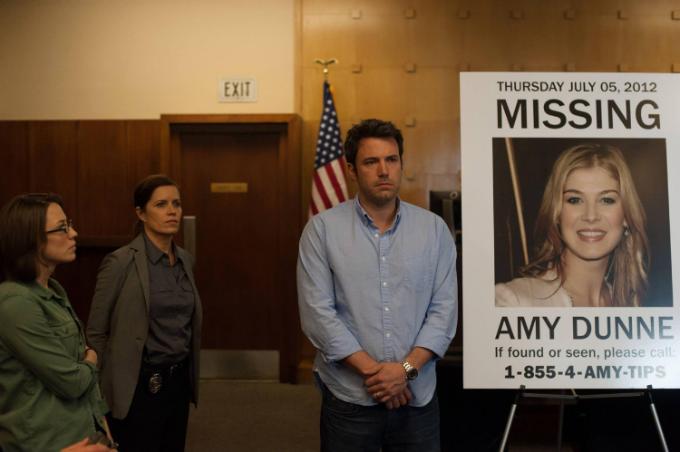
Gone Girl sparked an entire genre of books about bad, mad or messy women. Suddenly we wanted the inverse Jane Eyre. We liked women who made bad choices, who had anger, who had issues, who weren’t trying to get things right, but instead were trying to get what they wanted. And we allowed sad women to come along for the ride too – characters like Rachel Watson from The Girl On The Train, a recently divorced alcoholic who is apparently obsessed with her ex-husband.
Our thirst for bad women was almost certainly an over correction after years of perfection. Since then (we are almost a decade on from Gone Girl), have we reached a tentative age of balanced female characters? A compromise between Jane Eyre and Amy Dunne?
In fiction, I think perhaps we have. While not regarded as taxing intellectual fare, the recent Marvel films offered a plethora of female characters who are morally complex, but neither perfectly good, nor cartoonishly bad.
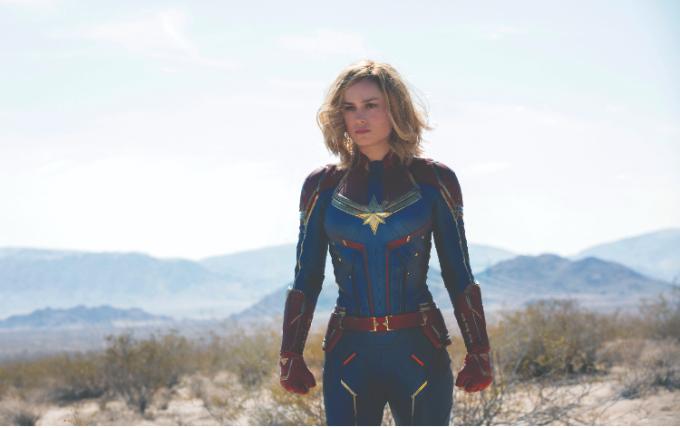 Ten years ago Scarlett Johansson’s Black Widow was a tight suit wearing femme fatal, her only backstory focusing on the fact that she was sterilised and therefore unable to bear children. A decade later, Johansson fronts the Black Widow film, which has two female stars, with male characters relegated to supporting roles. Marvel presumably knows that putting women at the forefront of these films is worthwhile because they already enjoyed enormous success with Captain Marvel. Wonder Woman is one of the most commercially valuable films in the DC film series. Hollywood is a money making endeavour; the better films with female action stars do, the more of them will be produced.
Ten years ago Scarlett Johansson’s Black Widow was a tight suit wearing femme fatal, her only backstory focusing on the fact that she was sterilised and therefore unable to bear children. A decade later, Johansson fronts the Black Widow film, which has two female stars, with male characters relegated to supporting roles. Marvel presumably knows that putting women at the forefront of these films is worthwhile because they already enjoyed enormous success with Captain Marvel. Wonder Woman is one of the most commercially valuable films in the DC film series. Hollywood is a money making endeavour; the better films with female action stars do, the more of them will be produced.
And it’s not just women who can fly or kill with their little fingers who’ve enjoyed a boom recently. Over the last year, while so many of us have been watching so much TV, the small screen has been illuminated by the stories of women who are neither pure good, nor pure evil. Women who aren’t defined by marriage, and who aren’t written off as fluffy because their journeys are intertwined with their gender. Firefly Lane, a Netflix adaptation about a pair of best friends who weather the storms of careers, parenting, love and family over multiple decades. Mindy Kaling’s divine Never Have I Ever tells the story of Devi Vishwakumar, a 15-year-old first generation American daughter of South Asian parents, navigating life since her father’s death alongside the complications of growing up between two cultures. Two of 2020’s biggest hits, I May Destroy You and Normal People, weren’t even just about women, they were also written by women. Before that, none of us could stop talking about Fleabag and Killing Eve. These shows all managed to nail stories about the female experience without trivialising or glamourising them.
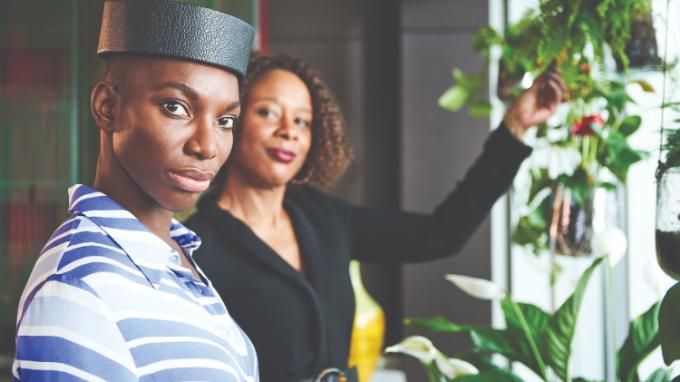
But the representation of women is a tricky beast, and like Hydra, the many headed serpent Hercules tries to defeat, every time we chop off one of the problems of women in the media, another one regrows. Yes, we do now have better and more balanced female characters, and we increasingly see stories on the page and screen which aren’t centred around romance narratives.
With such a painfully taut tightrope to balance on, is it any wonder that so few women manage to navigate this world without making a colossal screw up and being ‘cancelled’?
But now there’s an entirely different form of media, in social networking. Unlike those that came before it, Instagram is presented as reality but we all know it’s almost as scripted as EastEnders. Women on Instagram are expected to tie together every single one of these previous female archetypes – at the same time. She’s supposed to be sweet, kind and moral so that she doesn’t get cancelled, interesting and adventurous so that she’s a good role model, chaotic and messy so that she’s relatable, but still pretty and slender so that she’s aspirational. She should talk about world politics without offending anyone, be honest about her emotional struggles so that she doesn’t seem ‘fake’, but hide her relationship and her children if she has them so that she isn’t using her family for internet clout. With such a painfully taut tightrope to balance on, is it any wonder that so few women manage to navigate this world without making a colossal screw up and being ‘cancelled’?
I admit that looking at the scope of female representation over the last 300-odd years, it’s easy to be frustrated. It seems far, far harder to nail an honest yet inspirational portrayal of a woman on the stage, page or screen. Especially given that male characters seem able to simply exist. But perhaps, in focusing on that unfairness, we miss the salient point. Isn’t it possible that we have such a rich litany of female characters in the canon (both high and low brow) not in spite of difficulties in portraying women, but because of it.
Perhaps if it wasn’t such a complicated job, and if we didn’t expect so very much from the women on the page or the screen, we would have a considerably shorter and less inspiring list of women with whom we can escape, merely by pressing a button or cracking a spine. Throughout history women have always created opportunity from adversity. Struggle has merely become part of the fabric of who we are as a sex. And our fictional women are no exception to that rule.
